The towers for WTGs can be founded on ring-shaped foundation plates with diameters up to approx. 25 m and heights up to approx. 4.5 m. The main components of a flat foundation can be seen in the following pictures.
Shallow and deep foundations
Structural analyzes for Tensionless Pier
Depending on site conditions may require a partial soil replacement. With a deep foundation piles are additional distributed over the circumference to increase the carrying capacity of the foundation bottom edge. The influence of the foundation on the oscillation behavior is different for shallow and deep foundations. For shallow foundations, the influence of the rotating elastic restraint is taken into account for this purpose, the horizontal non-displaceability may approximately be accepted at the tower base. For large scattering of the natural soil properties to conduct a site-specific and comprehensive site investigation is recommended. For measurement tasks where this is not possible, for example, for type examinations, should be reckoned with generous limits selected. In the following figure, the soil settlement on the bending pressure side can be seen. On the opposite side flexural found under extreme load instead no more ground pressure, but a gaping joint .

Tensionless Pier
The Patrick & Henderson tensionless pier is a cylindrical concrete foundation used in the USA more than 5.000 times for steel towers of wind turbine generators. This type of foundation was developed and patented by Patrick & Henderson in 1996. The foundation is constructed of cementitious material poured in situ between an inner and outer cylindrical corrugated metal pipe (CMP). It is formed within an excavation pit and externally and internally backfilled.
At the bottom of the pier a circumferential ring is fully embedded therein. Two circumferential rows of elongated bolts are positioned in the pier and anchored to the bottom ring. Additional long plastic tubes which encased the bolts (anchors) are used to avoid contact between the bolts and the concrete material. The upper ends of the anchors projecting up outwardly of the top of foundation. Thus, a majority of the midportions are free of connection with the cementitous material. The anchors are fitted to a load spreading ring at the tower bottom which is often used for conventional foundations.
After installation of the pier the tower base flange is positioned downwardly upon the upper end of the foundation. The tower base flange is finally connected to the anchors and to the load spreading ring with nuts. The nuts are highly torqued in order to place the anchors (bolts) in heavy tension. The post-tension of the steel anchors ensures that the entire length of circumferential concrete pier remains in high compression, even when it is subjected to extreme loads of the wind turbine generator.

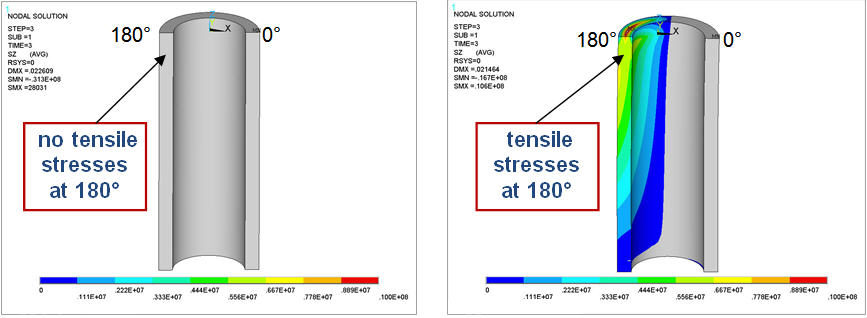



Services
The SKI Ingenieurges. mbH accompanied these offshore developments with the following servic
- Design of foundations in the ultimate limit state and serviceability
- Fatigue calculations of dynamically loaded constructions
- Design of anchors, anchor bars and anchor baskets
- Considerations of clamping systems
- Dimensioning of circular, rectangular, flat, single, sleeve and group foundations, as well as deep foundations
- Construction of elastically supported foundations using bedding constants

Copyright © 2026
SKI Ingenieurges. mbH
Mengendamm 12
30177 Hannover
Phone: +49 (0) 511 / 261847-0

